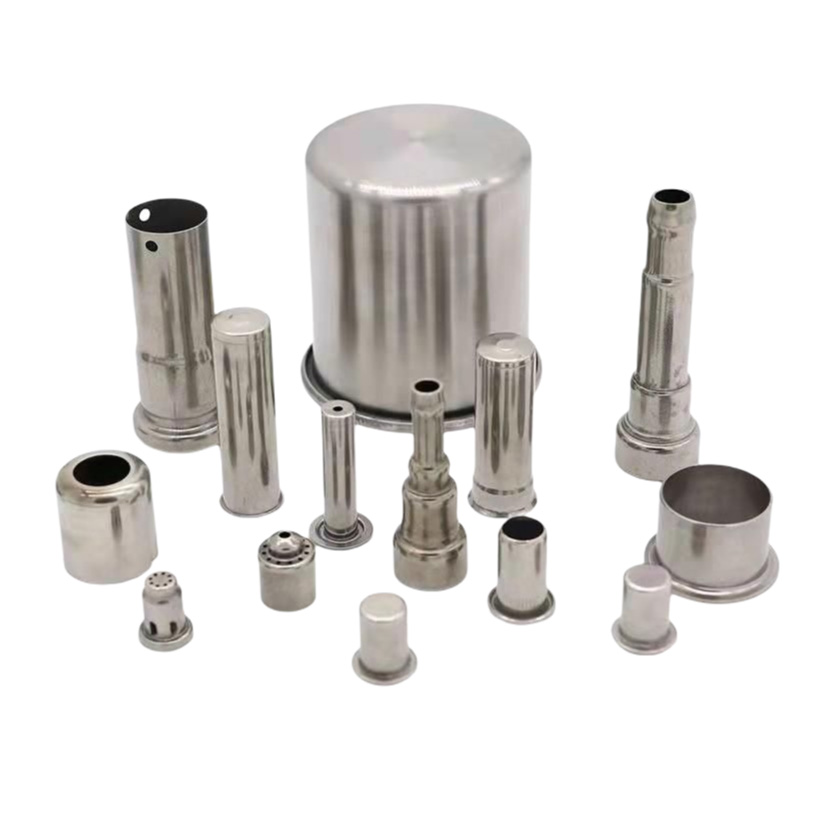The structural processability of the deep drawing parts is crucial to the smooth progress of its production process and the quality of the final product, which is mainly reflected in the following aspects:
1. Structural shape design: The structural design of the deep drawing parts should follow the principles of simplicity and symmetry, avoid sharp changes in appearance, optimize the possibility of one-time drawing and ensure the stability and aesthetics of the product.
2. Fillet radius optimization: Reasonable fillet radius setting not only helps the smooth flow of materials, but also reduces stress concentration and improves the service life of the product.
3. Dimensional accuracy control: The dimensional accuracy of the deep drawing parts should be controlled within an appropriate range to avoid processing difficulties and accuracy problems caused by oversize or undersize.
4. Wall thickness tolerance management: The wall thickness tolerance of the deep drawing parts needs to match the drawing process to ensure that the strength and stiffness of the parts meet the design requirements while reducing material waste.
5. Side wall slope adjustment: On the premise of meeting the assembly requirements, appropriately setting the slope of the side wall of the deep drawing parts will help the smooth assembly and adjustment and improve production efficiency.
6. Distance from hole edge to side wall: The distance from the hole edge to the side wall on the deep drawing part must meet specific requirements to ensure the stability and safety of the part and avoid safety hazards caused by unreasonable structure.
7. Fillet radius and dimensioning: For deep drawing parts with steps, the dimensioning should be accurate and clear, with the bottom as the reference, and ensure that the fillet radius between the bottom and the wall, the flange and the wall, and the four corners of the rectangular part meet the design requirements to reduce the need for subsequent shaping processes.
8. Clear internal and external dimensions: When designing deep drawing parts, the internal and external dimensions of the product should be clearly marked to avoid confusion and ensure accuracy and consistency during the production process.
These structural process considerations are intended to ensure that the deep drawing parts are easy to process and assemble during the production process, while ensuring the quality, performance and safety of the final product.


